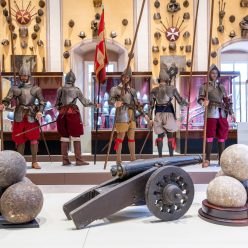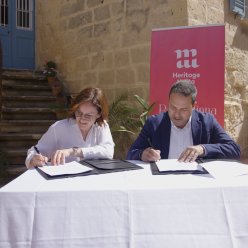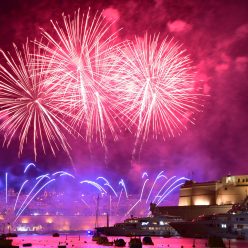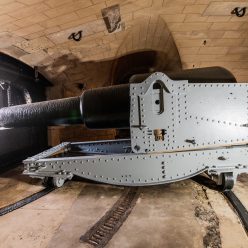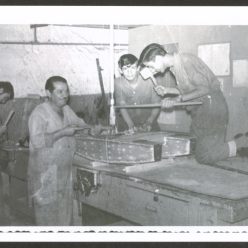2020 may well have been a nightmarish year on various levels for cultural heritage agencies worldwide, but Noel Zammit, hands firmly at the helm of Heritage Malta, has braved the storm and ridden the waves and is now looking forward to steering his flagship onto calmer waters, safe in the knowledge that he and his team have garnered valuable lessons from the current pandemic and are all set for the jam-packed year that 2021 promises to be.
“When I took over as Heritage Malta’s Chief Executive Officer in October 2017, I had the advantage of having previously occupied managerial roles in Corporate Services and IT, and so I was already exposed to several fields of operation within the agency and to any shortcomings therein,” Noel recalls. “The first task I set myself was to visit every site and museum under Heritage’s Malta’s wing, every office and workshop, to meet all our employees and discuss any shortcomings I wasn’t aware of.”
“Our job is to keep challenging the status quo in order to always remain at the forefront of our market”
One main mission was to assess all ongoing projects at sites and museum and address any flaws and weak points. MUŻA, for example, was running the risk of not meeting its inauguration deadline and so posed quite a challenge. “A challenge which we overcame – albeit not in the best way possible – and which served as an eye-opener in many aspects, including how to deal with contractors and legal issues,” says Noel.
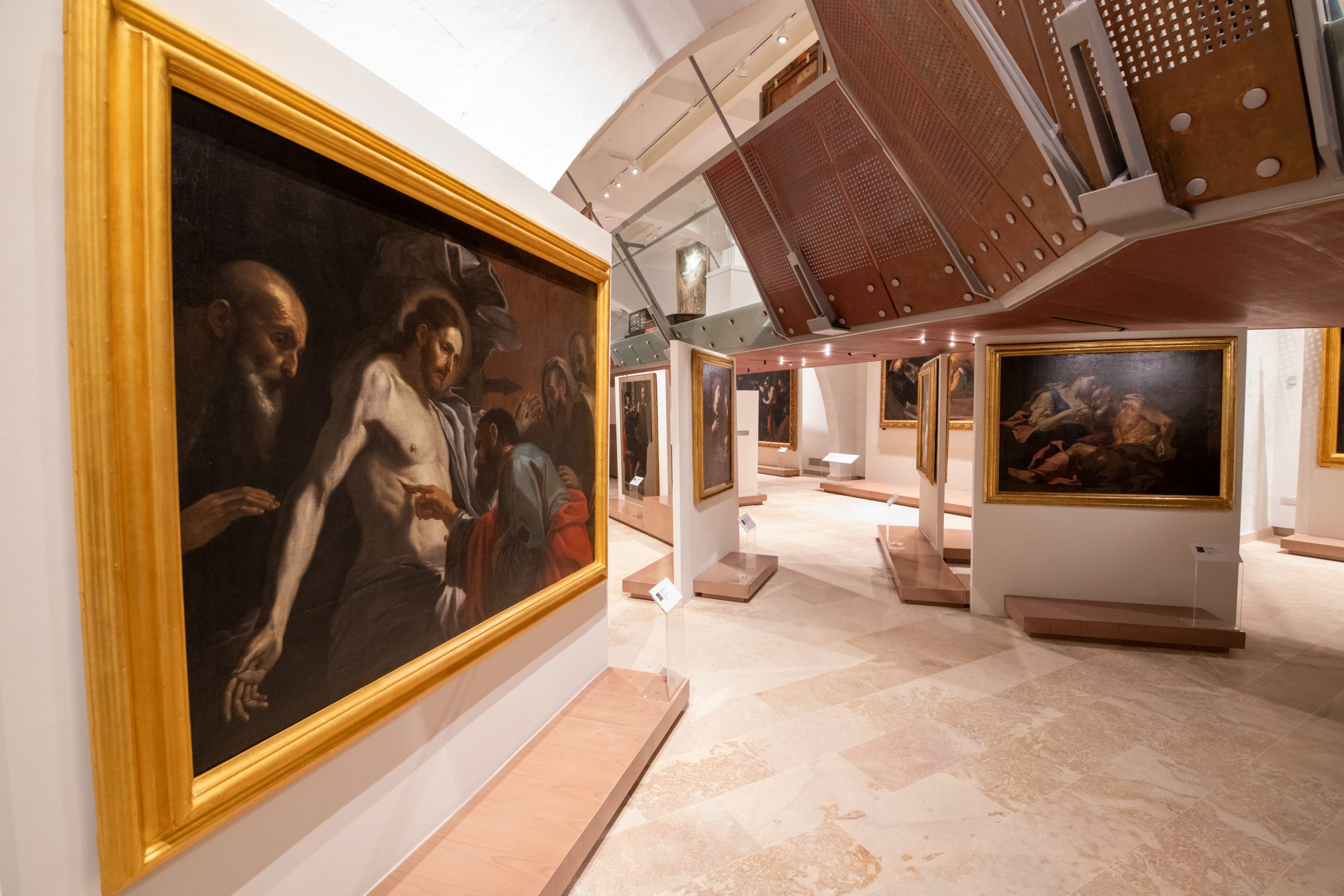
There was also the challenge – still omnipresent – of the agency’s restructuring. Heritage Malta had retained the same structure since 2008 and remained unchanged while its competitive forces went through complete transformations. An internal restructuring exercise was therefore implemented, with particular focus on the Human Resources Department, Marketing and Communications, as well as Technology and Digitisation.
“I strongly believe that the renovation of our internal structure should be constantly ongoing. If you stop reinventing yourself, it means that you are tired. Our job is to keep challenging the status quo in order to always remain at the forefront of our market,” Noel reiterates.
“We have made it our mission not only to safeguard the cultural heritage entrusted in our care, but also to provide our visitors with an enhanced experience”
In line with internal restructuring, a change in culture and mindset was also in order. This was accomplished through several initiatives whereby employees were encouraged to voice their opinions. “I believe it’s important to empower someone with a project, thus motivating them to engage and not just follow orders.”
Throughout this entire metamorphosis, the client was placed at the very centre of all operations. “We have made it our mission not only to safeguard the cultural heritage entrusted in our care, but also to provide our visitors with an enhanced experience,” Heritage Malta’s CEO says passionately.
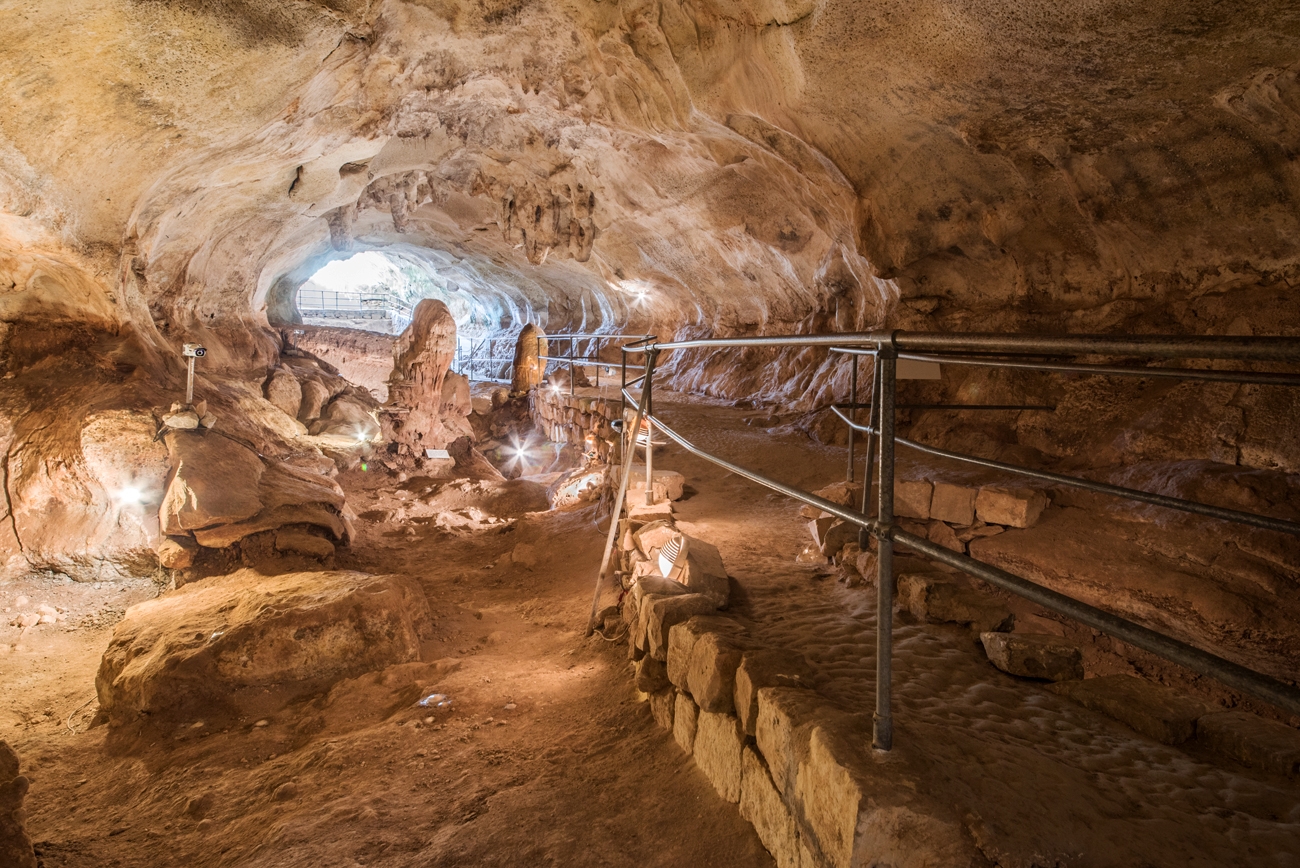
By way of explanation, he highlights the new mentality that a site or museum is not a static location but a cultural resource that the community at large may use. “We have broadened the sites’ use in such a way as to go way beyond the artefacts. You don’t visit a museum just to admire exhibits and learn about them, but also to relax in the cafeteria, use the internet, do some work in peace and quiet. However, even if you were to restrict your visit to the museum space only, you would still enjoy a more holistic experience through our use of the latest technology and improved design and interpretation panels.”
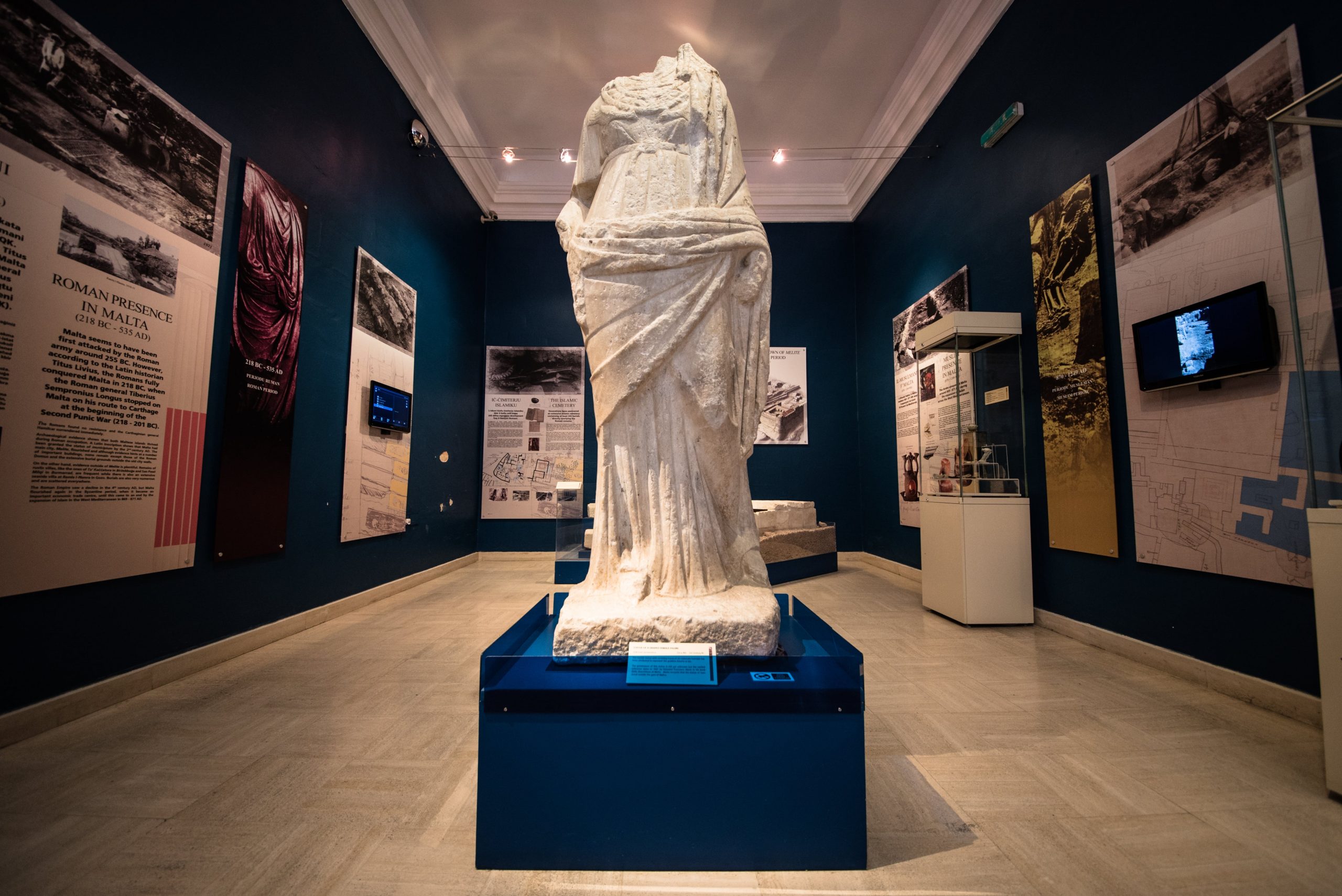
Another case in point is the allotment agreements that Heritage Malta has entered into with various individuals regarding the community garden at the Abbatija tad-Dejr. This project has proved to be a huge success and the garden is a true example of how individuals can be safely involved into community-centred projects through which both parties stand to benefit.
But back to Heritage Malta’s core business, namely making history and culture accessible to the public. In the past few years, the agency has strived relentlessly in this respect, visiting museums and historical sites abroad to grasp the latest market trends and recruiting foreign museum designers to benefit from their experience when carrying out projects such as Fort St Angelo, Fort St Elmo, MUŻA and the Grand Master’s Palace.

The COVID-19 pandemic was a direct challenge to Heritage Malta’s mission of accessibility, forcing the agency first to close its doors entirely to the public and later to restrict admissions and opening hours. However, the agency was proactive and foresighted enough to rise to the occasion and adapt to the new circumstances. “We found ourselves in a situation where cultural heritage had to visit the public, and not the other way round. We were able to achieve this thanks to our hefty investment in technology and digitisation, which enabled us to make our heritage accessible to the public virtually. In this way, we facilitated alternative access to our sites – some of which aren’t even accessible physically. We also launched our online shop, making it possible for our clients to buy the products usually found at our retail outlets in sites and museums.”
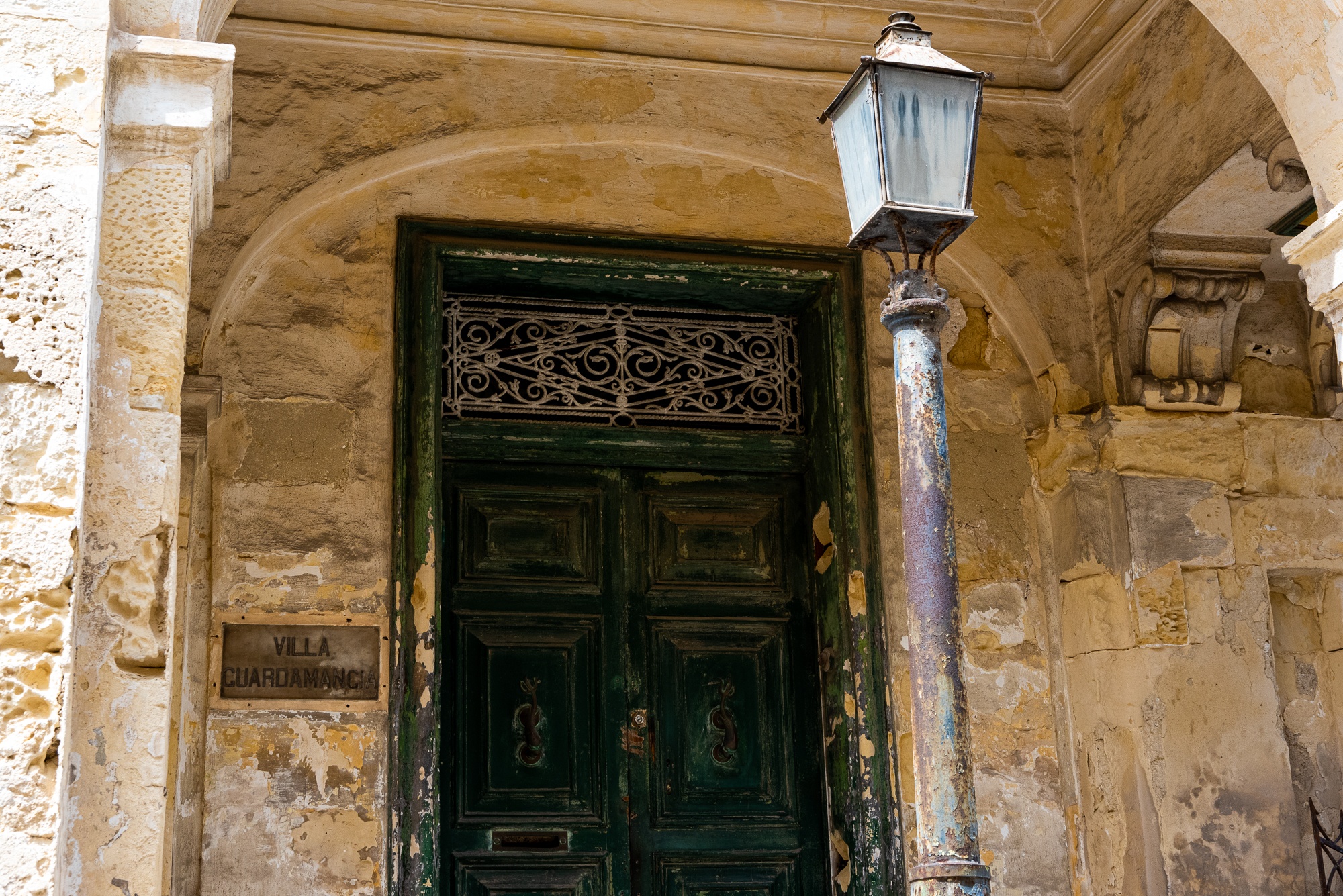
Other initiatives during the pandemic were aimed at students, given that in COVID-free times some 80,000 youngsters used to visit Heritage Malta’s sites and museums annually. During the months when schools were closed, the agency produced a series of documentaries and aired them on its social media channels, engaging students to learn from home. They were a great success, as was the competition Be the Artist, which saw more than 500 students producing their own works of art with historical and cultural themes.
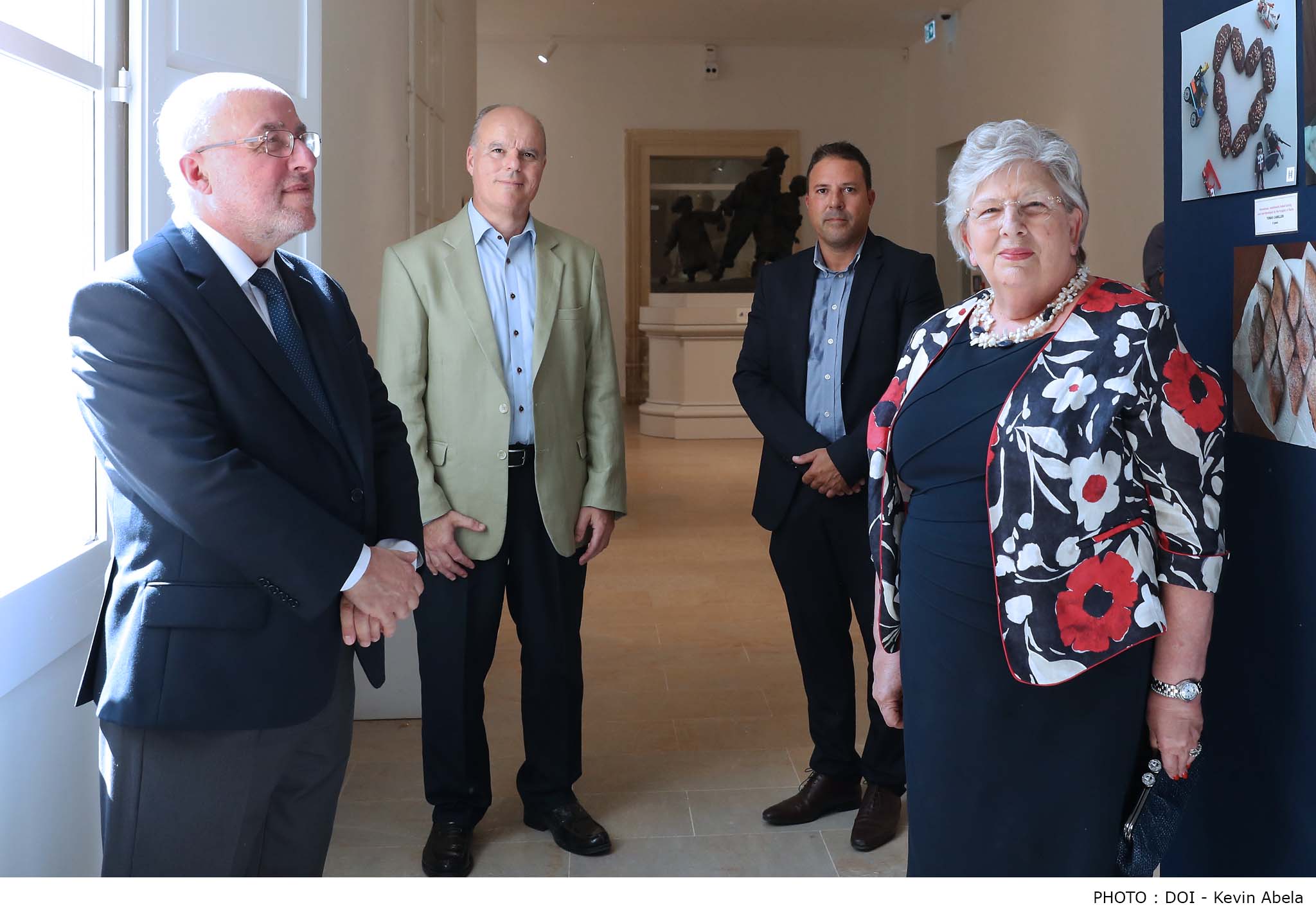 In spite of the past year’s setbacks – or possibly because of them – optimism and determination reign supreme within the national cultural heritage agency. Its CEO is adamant: “We have a jam-packed year ahead of us and we shall continue to fulfil our mission even if some events are currently on hold. We have some unique exhibitions coming up locally, while strengthening our presence in the international scene with other exhibitions abroad. Bearing in mind that cultural heritage is one of the main pillars of our economy, we also aim to become more sustainable and to attract further investment by the government.”
In spite of the past year’s setbacks – or possibly because of them – optimism and determination reign supreme within the national cultural heritage agency. Its CEO is adamant: “We have a jam-packed year ahead of us and we shall continue to fulfil our mission even if some events are currently on hold. We have some unique exhibitions coming up locally, while strengthening our presence in the international scene with other exhibitions abroad. Bearing in mind that cultural heritage is one of the main pillars of our economy, we also aim to become more sustainable and to attract further investment by the government.”

In the meantime, works continue on several major projects. To name but a few, there is the ongoing restoration of the Grand Master’s Palace which, at an expense of €28 million, part-financed by the EU, is the vastest project ever embarked on by Heritage Malta; the ambitious Maritime Museum project which, when completed, will offer visitors a completely new, multisensory experience; the Villa Guardamangia project, which promises various exciting opportunities, particulary in the British tourist market; the extensive restoration currently underway at the Main Guard in Valletta; further works at Għar Dalam and the Inquisitor’s Palace; improved accessibility at the Ħal Saflieni Hypogeum; and, of course, the continuation of the digitisation programme, aided by further investment in state-of-the-art technology.
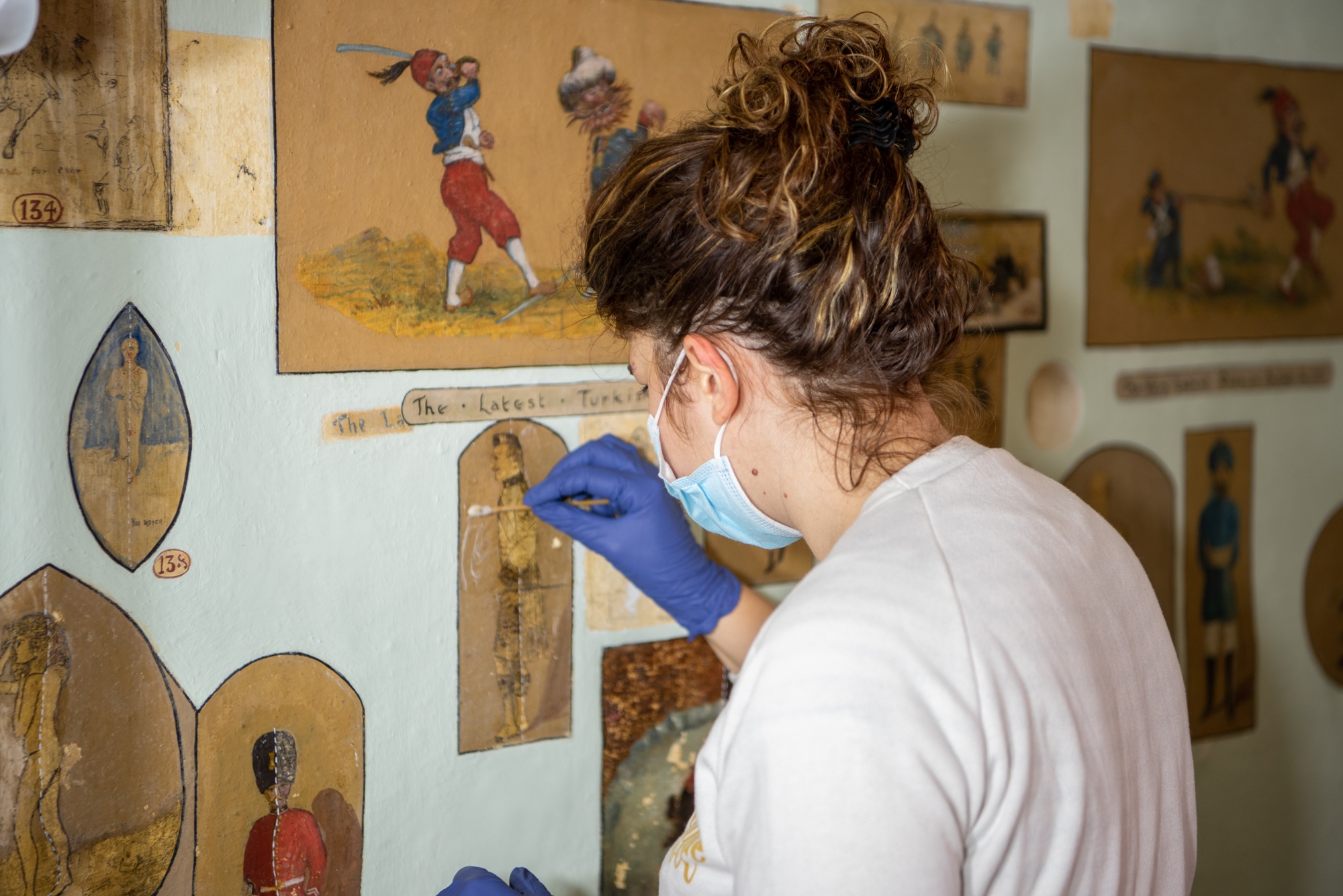
In the end, no effort and no cost is too great if it goes towards a cultural heritage that is unique to the world and that Heritage Malta is committed to conserving by living up to its motto of ensuring a future for our past.
Noel Zammit was interviewed by Daniela Attard Bezzina, Communications Executive – Heritage Malta
Up Next
News | 11th March 2021

